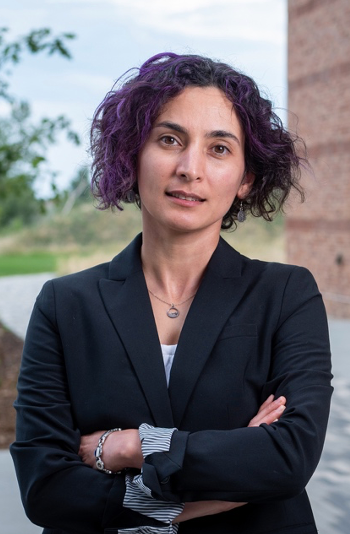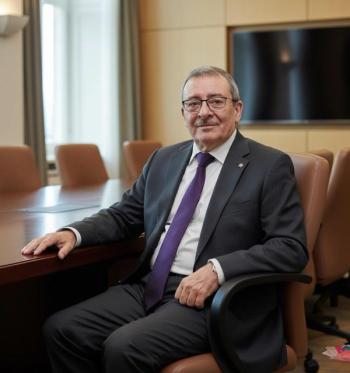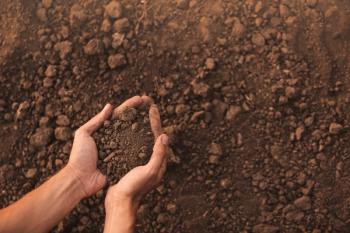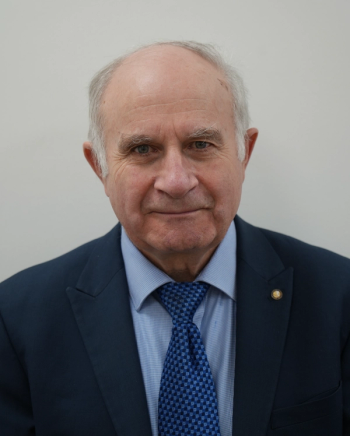
An Interview with 2023 Strock Award Recipient Maria Montes-Bayón
Earlier this year, Spectroscopy spoke to Maria Montes-Bayón of the Faculty of Chemistry at the University of Oviedo (Asturias, Spain) regarding her work with single cell inductively coupled plasma mass spectrometry (ICP-MS) to study the uptake and apoptotic status of nanoplatinum (IV) treated cells, specifically selenized yeast.
Since then, Montes-Bayón was awarded the Lester W. Strock Award, given by the New England Section of the Society for Applied Spectroscopy (SAS) to recognize, as noted on the SAS website, “a selected publication of substantive research in/or application of analytical atomic spectrochemistry in the fields of earth science, life sciences, or stellar and cosmic sciences.” This second interview, where we revisit our previous conversation as well as discuss her career in general, is part of an ongoing series of interviews with the winners of awards that are presented at the annual SciX conference, which will be held this year from October 8 through October 13, in Sparks, Nevada.
Since our last talk regarding your work with ICP-MS normalized quantitative experiments using certified selenized yeast (1), has there been any additional feedback or next steps that you’d like to share?
Well, we never stop! We have moved some steps forward into a different topic in my group which is the use of nanoparticles to transport cisplatin into tumor cells. Part of the work is still unpublished, but we have developed some nice strategies to address their incorporation in 3D cell cultures, which is the natural evolution from 2D cultures and closer to tumor tissues. However, for this we need a strong collaboration from colleagues from biochemistry and biotechnology to create these cell models from different cell types. We are really excited about the outcome of this project as well.
What does your being named the recipient of Strock Award mean to you professionally? Personally?
In my case, the award is given to the contributions in speciation and metallomics, basically due to the application of atomic spectroscopy on the field of biomedicine and life science. This makes me particularly pleased since I have been trying to establish collaborative research in these fields for a long time with colleagues from different disciplines. I deeply believe that analytical chemists are well prepared to conduct multidisciplinary research and can provide interesting methodological alternatives in the field of life sciences. Therefore, the prize recognizes the effort required to make this feasible. From a personal point of view, it is particularly important to me since part of my work was conducted in Cincinnati, in the Group of Professor Joe Caruso, and this period completely changed my vision of science. I can be only grateful for those times, from both a personal and professional perspective.
When did you first determine that a career in science was the path for you?
I think this is something you do not really plan. When I finished my bachelor’s degree, the possibility to go to the UK to do my master’s degree thesis became feasible. Learning English was the first driving force to go there, but I discovered a new passion in research (working with Prof. Hywel Evans, once I could understand his accent from Wales). Then, back to Oviedo, Prof. Sanz-Medel offered me the possibility to earn my doctorate in his group, and, since then, I discovered my enthusiasm for research.
You first studied Chemistry at the University of Oviedo; you then joined the University of Plymouth (United Kingdom) in the framework of the Erasmus program for undergraduate thesis studies. Then, In April 2000, you joined the research group of Professor Joseph A. Caruso at the Department of Chemistry at the University of Cincinnati, Ohio (USA) as a Fulbright postdoctoral fellow until July 2002. What challenges did you encounter in these transitions across multiple departments?
In addition, I have been a visiting scientist in Germany for two different periods in Hamburg and Berlin (for a total of seven months). All in all, the different working environments are one of the aspects that enriches the scientific life the most. It always requires some time to learn how things are done in the different places but, finally, you gain an open vision about research, and life in general. Being in the United States, where I spent the longest time abroad, gave me the opportunity to learn how to be more independent in research, and how to communicate science more effectively. From all the places I have visited, I have taken something that helped me in the next step of my career.
Tell me a little bit about your first published article.
My first paper dealt with research based on plasmas but Microwave Induced Plasma, MIP, using different gases (2). Soon after, the first ICP-MS arrived in Oviedo, and since I had gained some experience during my time in Plymouth, Prof. Sanz-Medel (one of my doctorate supervisors) reoriented my doctorate to ICP-MS. Thus, thanks to the time in UK, my doctoral experiments focused on the use of ICP-MS for semiquantitative total elemental analysis and speciation, which resulted in very successful and productive work.
What do you consider to be your greatest strength, and how does that strength factor into your professional life?
It is hard to define these things about yourself. I think I am very enthusiastic about the research work we do in the laboratory, and this helps me to communicate it in a clear and somehow entertaining way. Such enthusiasm always helps when writing manuscripts or research projects to get funding. This is very important for both personal and professional aspects.
What do you consider to be your greatest professional accomplishment?
Maybe to keep an independent research group that is growing and attracts the interest of new PhD students, not only from the field of chemistry but also biotechnology or biochemistry.
What advice can you offer those starting out in their post-doctorate career?
I think it is summarized along this interview: one must develop capabilities to adapt to new working environments and to extract the best of each one of them; have enthusiasm about your work; and, while imagination is always welcome, one should be able to listen and understand what colleagues from other fields need.
References
(1) Chasse, J. Toward Normalization of Quantitative Single Cell ICP-MS Experiments. Spectroscopy 2023, 38 (6), 16–17. DOI:
(2) Corte Rodriguez, M.; Álvarez-Fernández García, R.; Blanco, E.; Bettmer, J.; Montes-Bayón, M. Quantitative Evaluation of Cisplatin Uptake in Sensitive and Resistant Individual Cells by Single-Cell ICP-MS (SC-ICP-MS). Anal. Chem. 2017, 89 (21), 11491–11497. DOI:
About the Interviewee
Newsletter
Get essential updates on the latest spectroscopy technologies, regulatory standards, and best practices—subscribe today to Spectroscopy.




